Nationality Colombian Role Writer Name Francisco Cano | Spouse(s) Maria Sanin Notable work Horizons | |
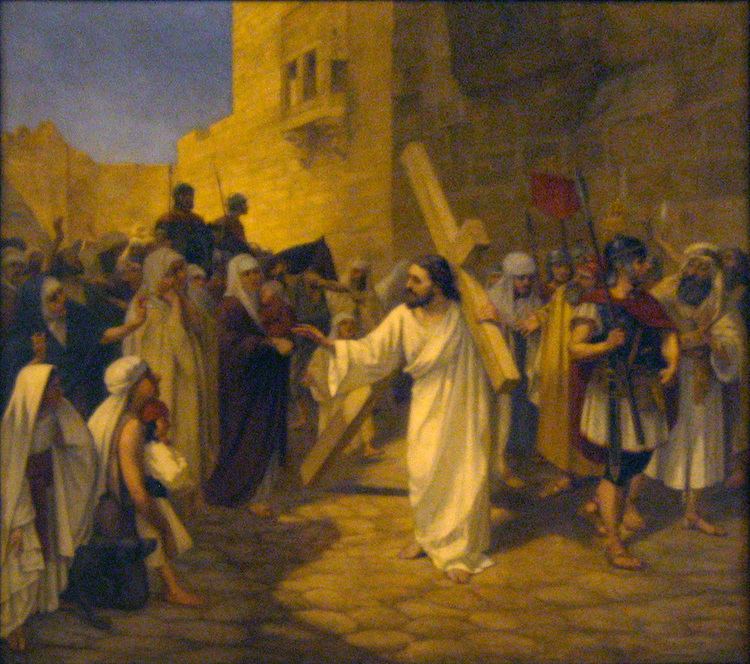 | ||
Full Name Francisco Antonio Cano Cardona Known for Painting, Sculpting, Engraving, Writing Died May 11, 1935, Bogota, Colombia | ||
Caminos de Horizontes
Francisco Antonio Cano (November 24, 1865 - May 10, 1935) was a Colombian painter, sculptor, writer, and engraver from Antioquia who is famous for his works in which he portrays the cultural identity of the country and region. One of his best known works is Horizons, which depicts the beginning of the colonization of Antioquia (1913) that took place during the second half of the nineteenth and early twentieth centuries. In his later years he was also a professor and late director of the School of Fine Arts in Bogotá. He was also a mentor to other famous Colombian artists, such as Pedro Nel Gomez and Marco Tobon Mejia.
Contents
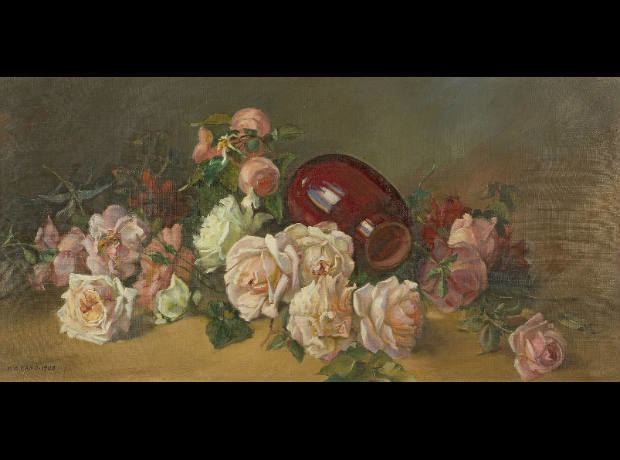
Biography
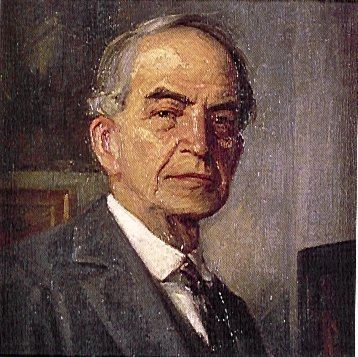
Cano was born in the town of Yarumal, Colombia on November 24, 1865 to a poor family. He was son to José María Cano Alvarez and María Jesus Cardona y Villegas. He was baptized five days later. He had a brother named José Ignacio.
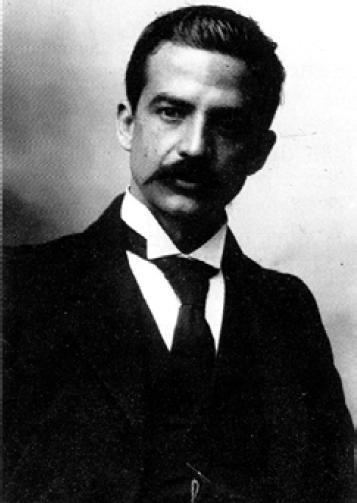
He submitted drawings and vignettes for the newspaper Yarumal Annals of the Club. He received painting classes by Angel Maria Palomino and with Horacio Rodríguez Marino, he learned drawing techniques. He also took part in various art exhibitions.
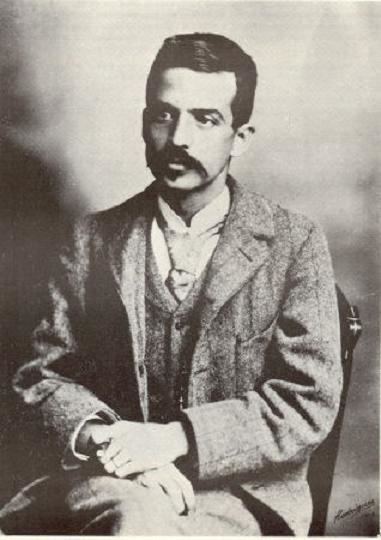
In 1896, he married María Sanín.
From 1898 to 1901, he received a scholarship to study in France, where he attended courses in Fine Arts at the Académie Julian and by Claude Monet. When he returned to Colombia, he opened his own workshop.
He was director and professor of the School of Arts in Medellín and Bogotá. In addition, he was a member of the Colombian Academy of Fine Arts.
He is the great-uncle of the painter Fernando Granda Cano.
He died in Bogotá on May 10, 1935.
Works
Among his oils and watercolors are: The study of the painter, Mariano Ospina Rodríguez, Pedro Justo Berrío, Marcelino Vélez, The Apostle Paul, Mariano Montoya, Earthenware, Rafael Nunez, Still life of roses, Cristo del Perdon, Source of the observatory, Efe Gómez, the Girl of the Roses, the baptism of Christ, Horizons, the Virgin of the Lilies, Don Fidel Cano, Francisco Javier Cisneros, among others.
For the Church of San José, Cano created the fountain in the courtyard and the gilded altarpiece named Baptism of Jesus.
Horizons
This oil painting is considered Cano's masterpiece. Horizons epitomizes the idealized migrant family. It portrays a young, fair-skinned colono family — consisting of a husband, wife, and child — sitting on a bluff, surrounded by mountains. The three members of the family are likened to the Holy family, with the woman dressed in blue and white like the Virgin Mary, with a baby on her lap. The gaze of the wife, child, and father are in the direction of the man's outstretched hand, which evokes Michelangelo's Creation of Adam, and that points toward an unseen, distant horizon.
The work has been copied and parodied several times by other artists. The original is currently housed in the Museum of Antioquia.
